Columbus' Other Voyages
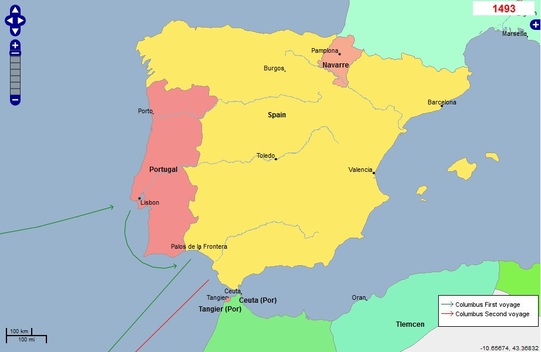 Iberian Peninsula, 1493 - geacron.com
Iberian Peninsula, 1493 - geacron.com "They all say they wish to be Christians, although in truth they're idolaters, for in their houses they have many kinds of figures; when asked what such a figure was, they would reply that it is a thing of Turey, by which they meant "of Heaven." I made a pretense of throwing them on the fire, which grieved them so that they began to weep."
"While I was in the boat, I captured a very beautiful Carib woman, whom the said Lord Admiral (Columbus) gave to me. When I had taken her to my cabin she was naked as was their custom. I was filled with a desire to take my pleasure with her and attempted to satisfy my desire. She was unwilling, and so treated me with her nails that I wished I had never begun..."
"The habits of these Caribbees are brutal... all these are alike as if they were of one race, who do no injury to each other; but each and all of them wage war against the other neighboring islands... In their attacks upon the neighboring islands, these people capture as many of the woman as they can, especially those who are young and beautiful, and keep them for servants and to have as concubines..."
Stay Tuned for Background History, Part four coming out on November 1, 2015
Sources:
http://www.americanjourneys.org/aj-063/index.asp
Letter from Columbus to Ferdinand and Isabella Concerning the Colonization and Commerce of Española:
http://www.americanjourneys.org/aj-064/index.asp
Letter of Dr. Chanca on the Second Voyage of Columbus:
http://www.americanjourneys.org/aj-065/index.asp
If you're REALLY interested in the rest of what Columbus' friend wrote:
http://www.rawstory.com/2014/10/five-scary-christopher-columbus-quotes-that-let-you-celebrate-the-holiday-the-right-way/
The other unrepeatable quote:
http://www.latinamericanstudies.org/columbus/chanca.pdf
Wikipedia:
https://en.wikipedia.org/wiki/Voyages_of_Christopher_Columbus
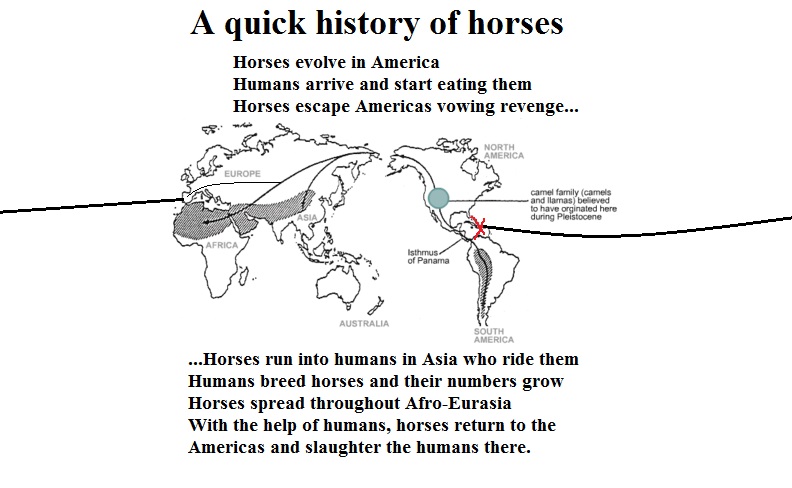
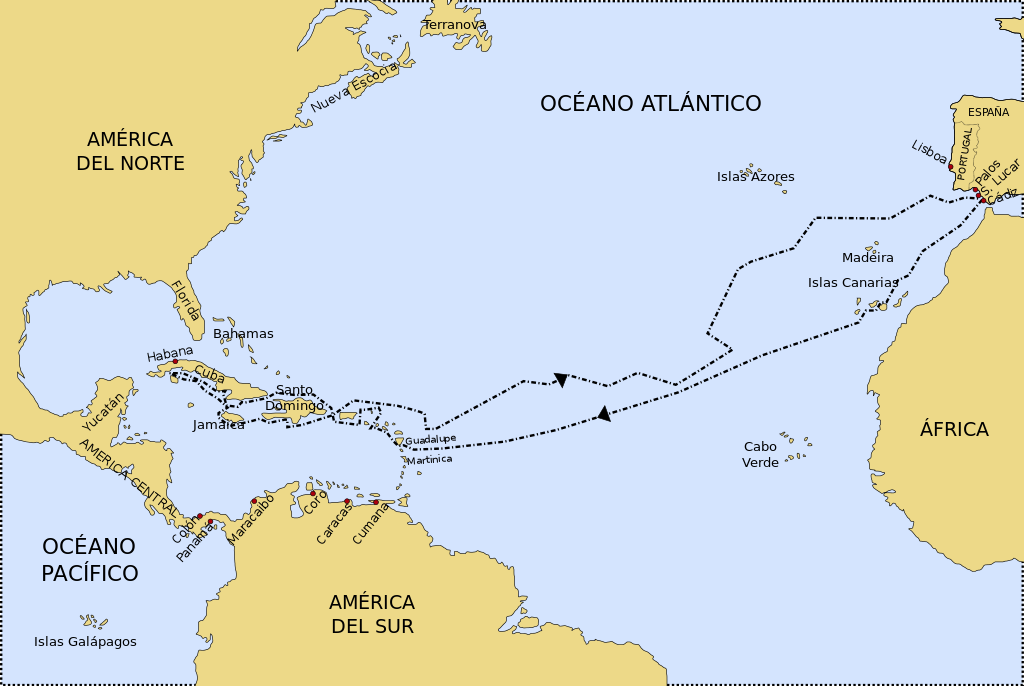
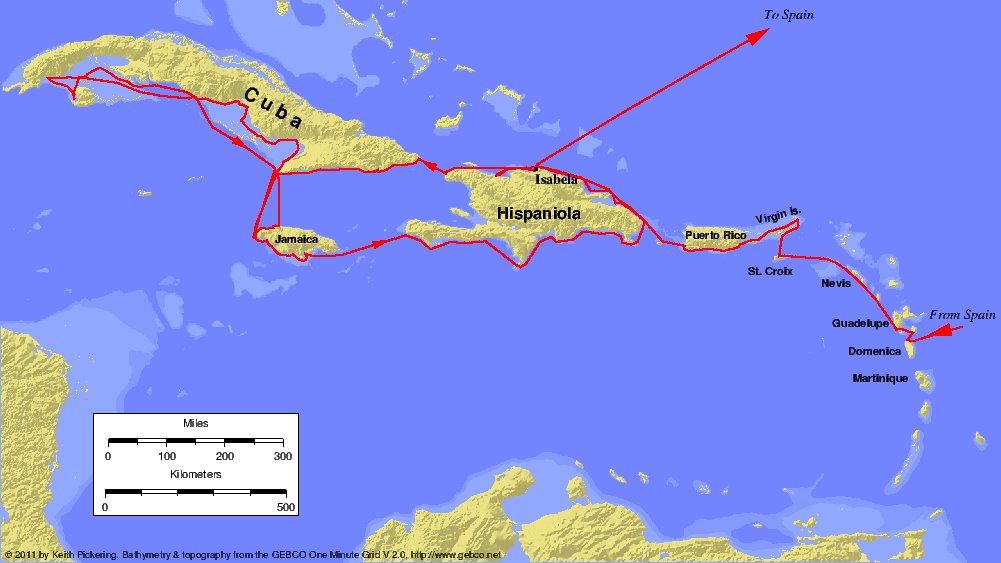
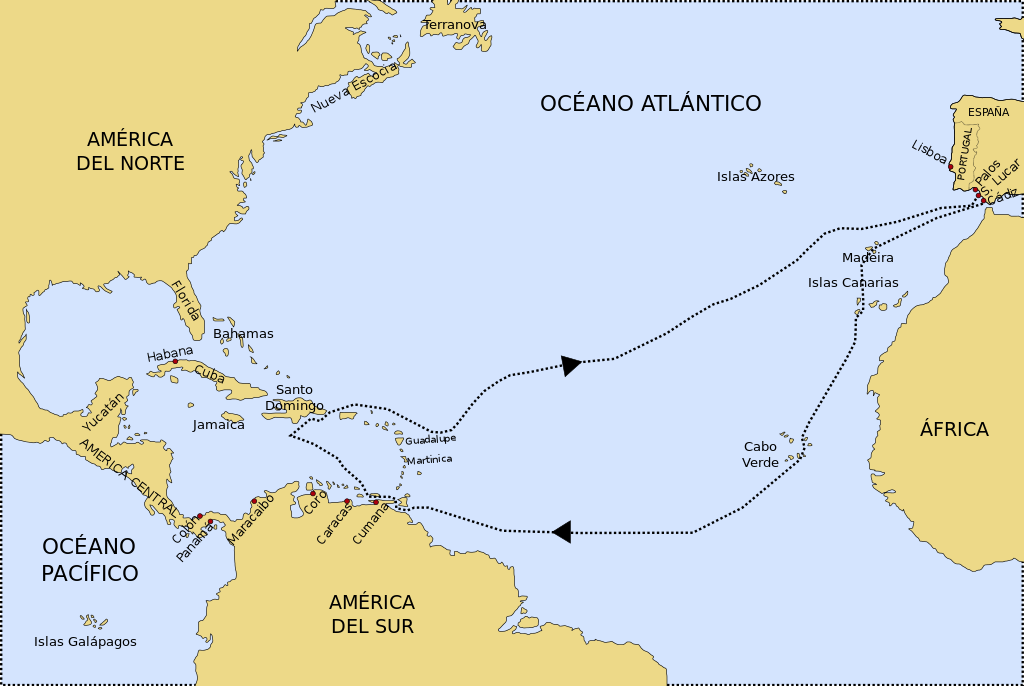
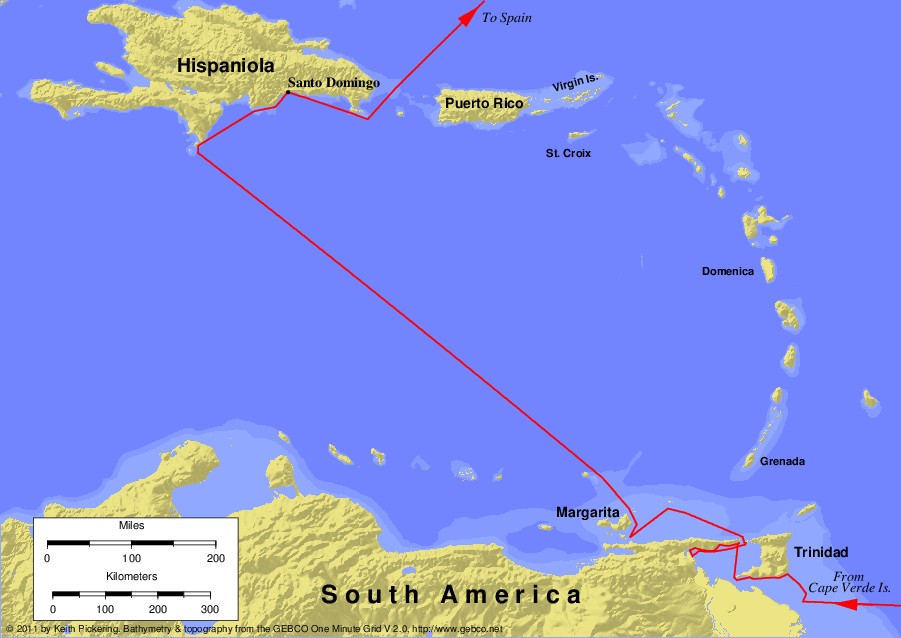
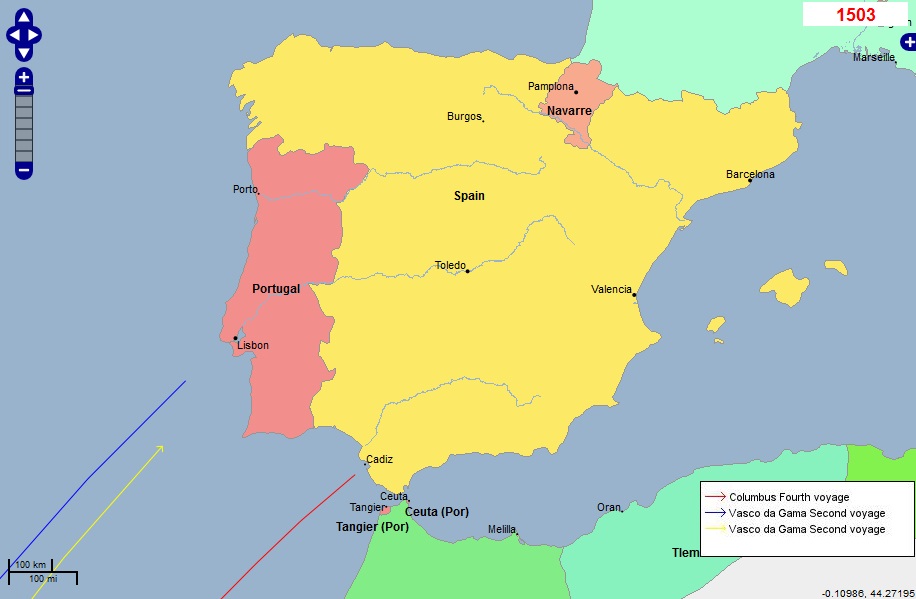
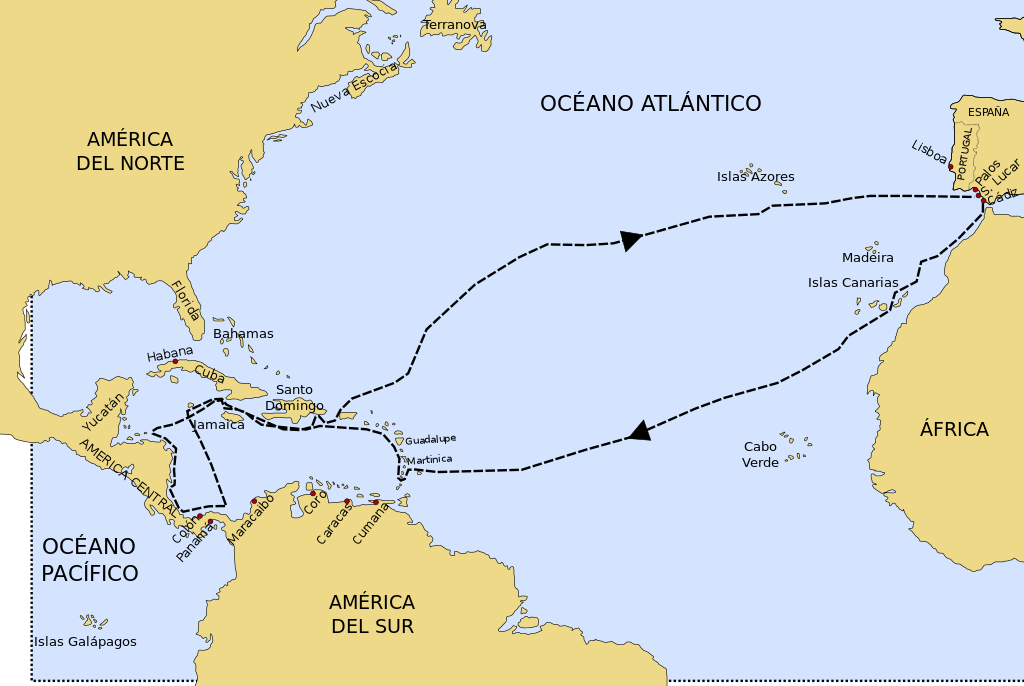
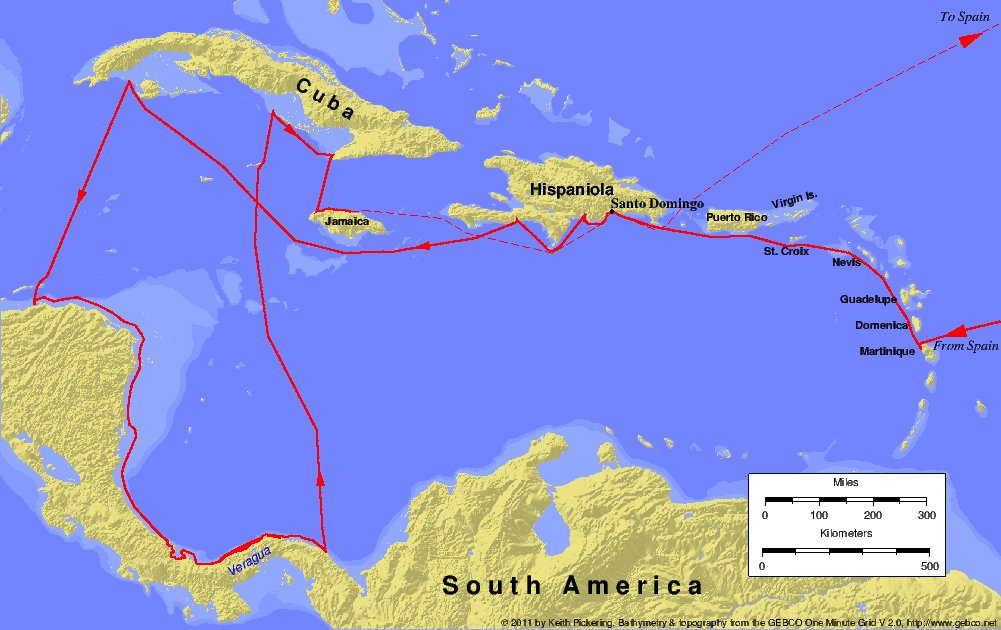
 RSS Feed
RSS Feed